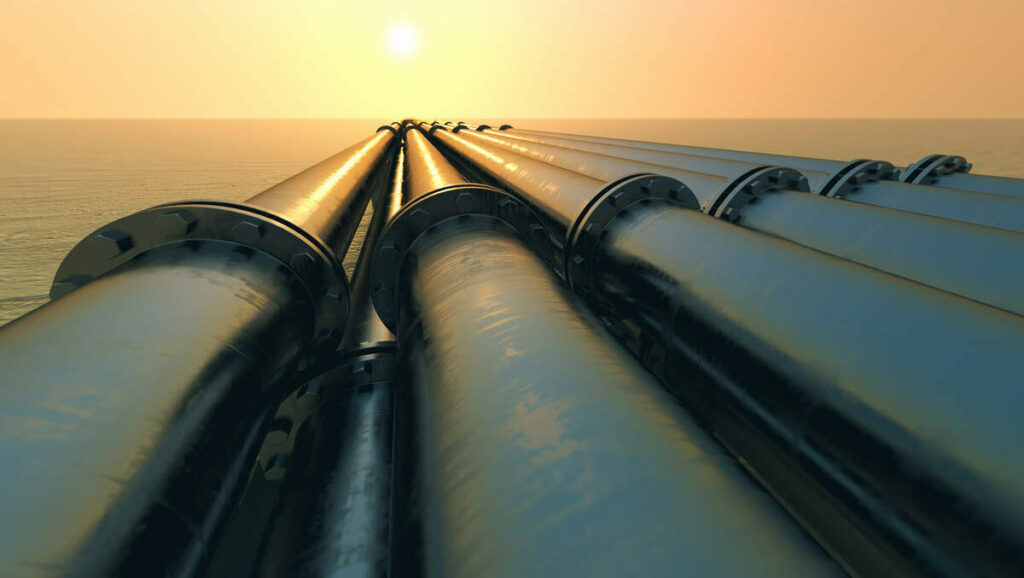Look at a euro banknote and you see that it’s full of designs for bridges, doorways, gateways and aqueducts – things that hold us together and link one part of Europe to another.
If there’s one area where we need to be properly linked together now, it’s energy. Yet the problem of dependence on Russia for vital oil and gas supplies, which is talked about all the time now, is a problem that is decades old.
Go back more than thirty years to Lithuania’s declaration of independence in 1990. The result of that declaration was that oil supplies from Russia were cut off for three months. Even after they came back on, supplies remained expensive. Gazprom ended up charging the Baltic states more than it charged Germany.
Almost exactly a decade ago (July 2012) the European Commission published a pamphlet on Energyas part of a series entitled ‘The European Union explained’. It contained the following reference to certain events in 2009:
The European Union and the energy industry had to act together to deal with an unexpected shortage of Russian gas in the middle of winter. A lack of gas interconnections meant that countries such as Bulgaria and Romania, highly dependent on Russian gas, were completely cut off from the rest of Europe. Europe was made brutally aware of its vulnerability to supply crises.
Once again, the problem of the EU’s energy dependence had become crystal clear. A ‘European recovery programme’ followed, which channelled funds into improving gas infrastructure, but it left a great deal still to be done. Above all, it showed how little the EU really felt connected in energy terms.
Bulgaria and Romania had suffered weeks with little heating and lighting during winter, while for much of the rest of Europe life was carrying on much as normal.
To return to Lithuania. The country’s accession to the EU in 2004 was linked to the closure of its nuclear power plant, which was of similar design to the one in Chernobyl. It therefore had difficulties securing electricity supplies and is still waiting to be connected to the European grid – 2025 is the latest ‘target date’.
But a lot of progress has been made. Lithuania has a terminal at the port of Klaipeda for receiving Liquefied Natural Gas (LNG) from Norway and the United States and claims that supplies from the terminal can satisfy the gas needs of the Baltic states. And this year a new 500-kilometer gas pipeline was opened connecting Lithuania and Poland.
These are vital connections which prevent the Baltics being energy islands forced to look East to satisfy their energy needs. Renewables are not excluded from the picture either. There has been a notable increase in the use of biomass for gas supplies.
Such developments are a consequence of three decades during which Lithuanians have been trying to increase their energy security by becoming linked to the rest of Europe, not to mention the rest of the world. But it is being connected, that is the key.
The new pipeline with Poland has the possibility of ‘reverse flows’ so that the gas can flow to wherever it’s needed. Had they been available at the time, such reverse flows would have been able to help the lights to stay on in Bulgaria and Romania through the winter of 2009.
Of course, there is an issue of finding and developing new energy sources, especially renewables, but above all there is a need to join up existing resources and make them more effective.
There must be no protectionism where states prevent access to long-established networks and grids by newcomers who might challenge ‘national champions.’
Europe’s currency is all about crossing national borders through a common currency. It is just as important to cross those borders with powerlines and pipelines, avoiding energy islands that prefer the sidelines.

